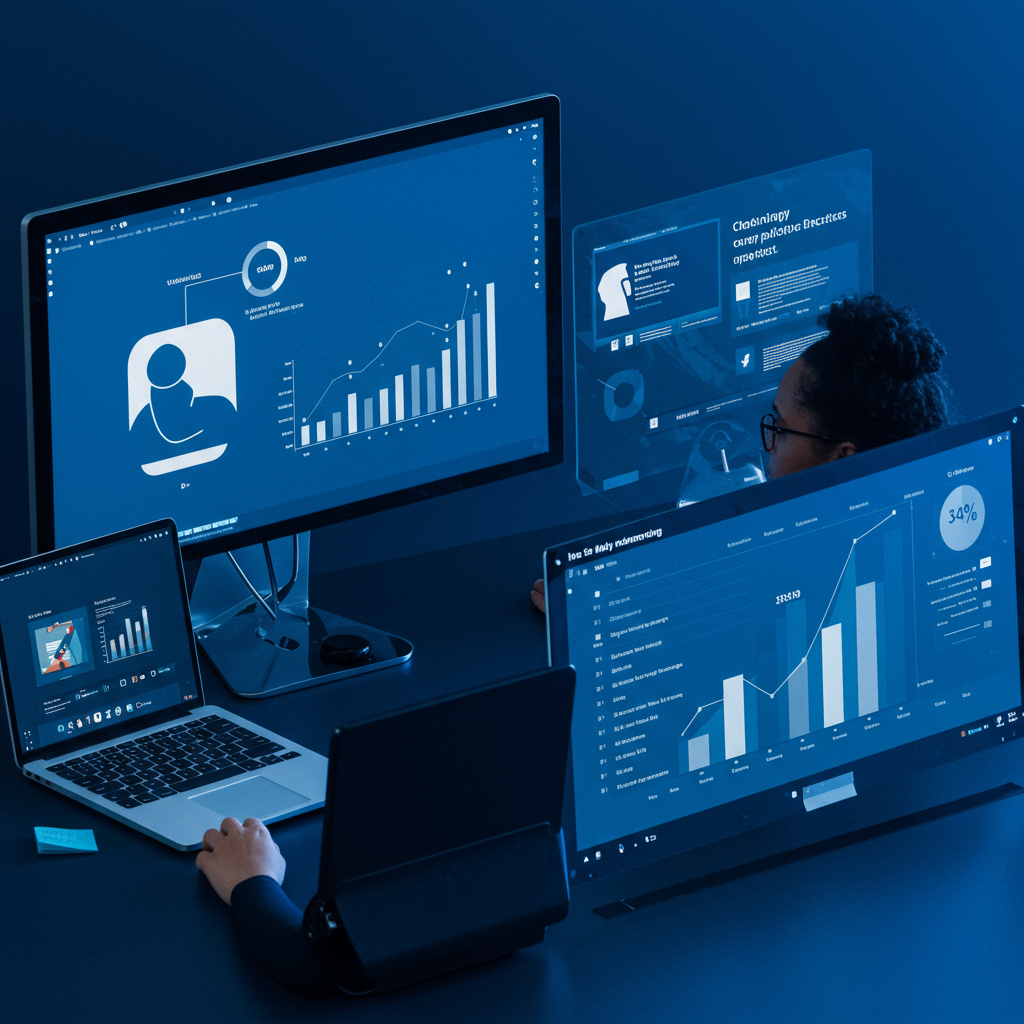The Importance of Data Governance in Modern Analytics
Publikováno: 22. května 2024 | 1 min read

What is Data Governance?
Data governance encompasses the people, processes, and technologies required to manage and protect a company’s data assets. It establishes a framework of roles, responsibilities, standards, policies, and procedures to ensure data is accurate, consistent, secure, and used appropriately across the organization. Effective data governance is not just an IT responsibility but a cross-functional business imperative that ensures data can be trusted and leveraged as a strategic asset. Without it, businesses may suffer from poor data quality, leading to flawed insights and decisions.
Key Benefits of Data Governance
- Improved Data Quality: Establishes processes for data validation, cleansing, and enrichment, leading to more reliable data.
- Regulatory Compliance: Helps meet requirements for data privacy (like GDPR, CCPA), security, and industry-specific regulations by defining clear policies for data handling.
- Enhanced Decision-Making: Provides a single source of truth and ensures that decisions are based on accurate and trustworthy data.
- Increased Operational Efficiency: Streamlines data-related processes, reduces data silos, and makes it easier for users to find and use the data they need.
- Better Data Security: Implements controls and policies to protect sensitive data from unauthorized access and breaches.
- Increased Data Value: By improving data quality, accessibility, and usability, governance helps unlock the full potential value of an organization's data.
Implementing a Data Governance Framework
Implementing a data governance framework typically involves several key steps. First, define clear objectives and scope for your data governance initiative. Second, establish a data governance council with representatives from various business units. Third, develop data policies, standards, and procedures. Fourth, assign data ownership and stewardship roles. Finally, select and implement appropriate technologies to support governance processes, and continuously monitor and improve the framework.